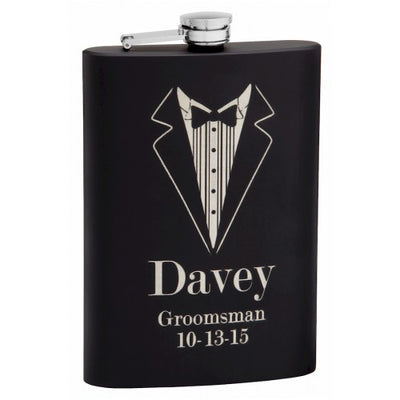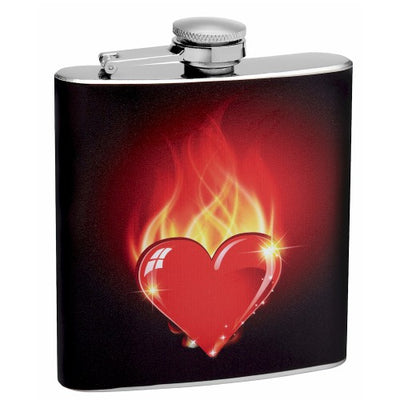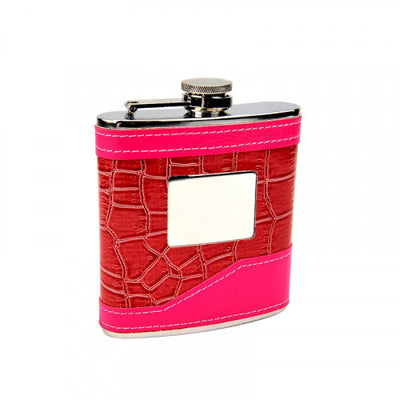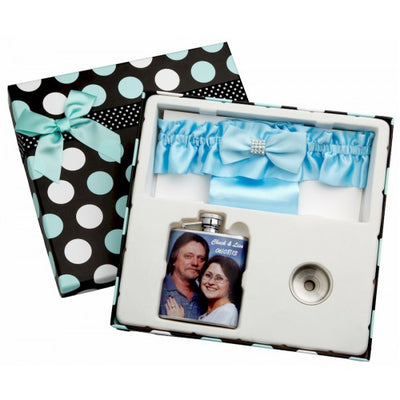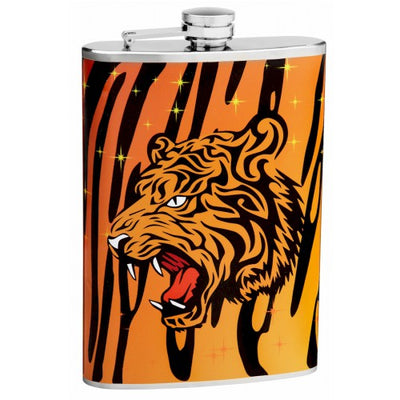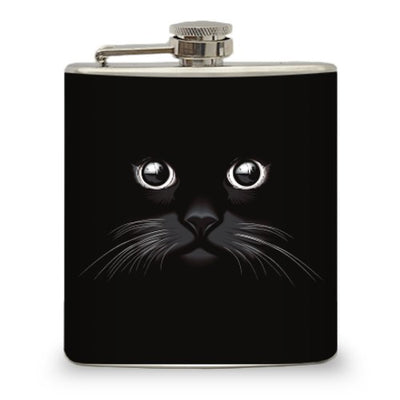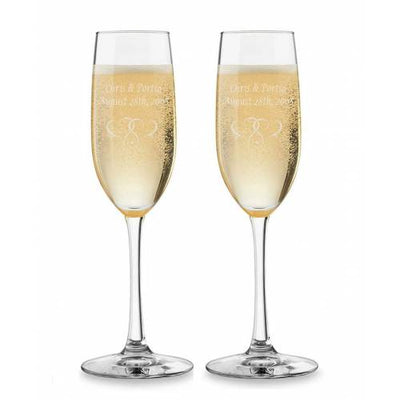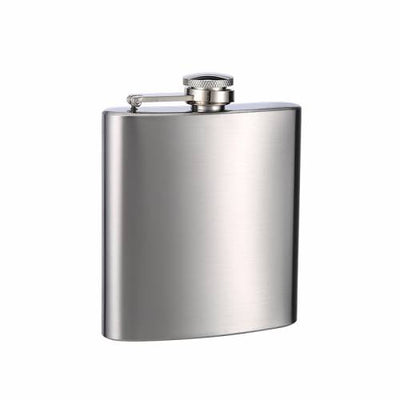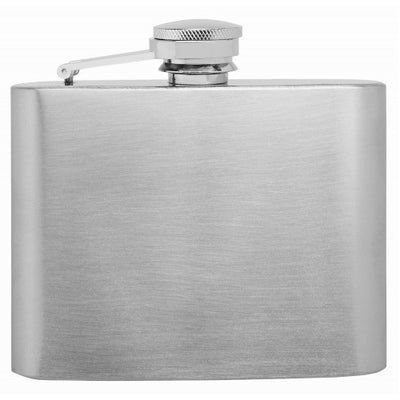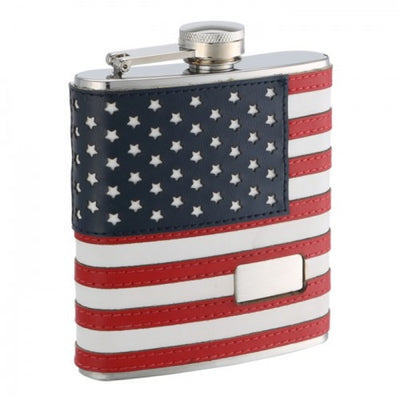Today, we're going to examine:
- European Wheat Beer (Belgian Witbier & German Weissbier)
- American Pale Ale
- India Pale Ale
- Blonde Ale
European Wheat Beer (Belgian Witbier & German Weissbier)
In recent years, some Belgian brewers have been making fruit flavoured wheat beers. Some wheat beers acquire their sourness through the use of lactic acid bacteria in the fermentation in addition to the yeast.
Two common varieties of wheat beer are witbier (which in Dutch means "white beer") based on the Belgian tradition of using flavorings such as coriander and orange peel. This practice was revived by Pierre Celis at the Hoegaarden Brewery, and at the Celis Brewery in Austin, Texas. The other is weissbier (which is German for "white beer") based on the German tradition of mixing at least 50% wheat to barley malt to make a light colored top-fermenting beer.
Both the Belgian witbier and the German weissbier were termed "white beers" because the word "wheat" has the same etymological root as the word "white." Belgian white beers are often made with raw unmalted wheat, as opposed to the malted wheat used in other beer varieties.
American Pale Ale
In the last installment, we mentioned Pale Ale, and it is worth mentioning that American Pale Ale (APA) was developed around 1980. The brewery believed to be the first to successfully use a substantial amount of American hops, as used in APA style beers, and use the name Pale Ale, was the Sierra Nevada Brewing Company. Sierra Nevada brewed the first experimental batch of Sierra Nevada Pale Ale in November 1980, and began distributing their product in March of 1981.
American Pale Ales are generally around 5% alcohol by volume with significant quantities of American hops, typically Cascade. Although American brewed beers tend to use a cleaner yeast, plus American two row malt, it is actually the American hops, in particular, that distinguish an APA from a British or European pale ale. The style of the APA is close to the American version of India Pale Ale (IPA), and boundaries blur, though IPAs are stronger and more assertively hopped. The style is also close to Amber Ale, although Amber Ales tend to be darker and more maltier due to the use of crystal malts.
India Pale Ale
India Pale Ale or IPA is one of the pale ale beer styles that falls within the broader category of pale ales, and it was first brewed in England in the 19th century. The strong flavor associated with IPA's comes from the excessive amount of hops that is required to brew this style beer. The beer was made with enough hops to weather long voyages on cargo ships, hence the "bitter," hoppy flavor associated with most IPA's. Good IPA's will have tropical notes in the aroma and palate. Craft beers and microbreweries take great pride in engineering a great IPA recipe - a delicate balance of art and science.
Blonde Ale
Blonde ales that are very pale in color. The term "Blonde" for pale beers is popular mostly in Europe and South America, particularly in France, Belgium, and the UK in Europe, and in Brazil, although the beers may not have much in common, other than the color.
That wraps up part two of the Flasks.com Beer Guide Series. Check back often in order to make sure you don't miss the upcoming installations of the Beer Guide!


